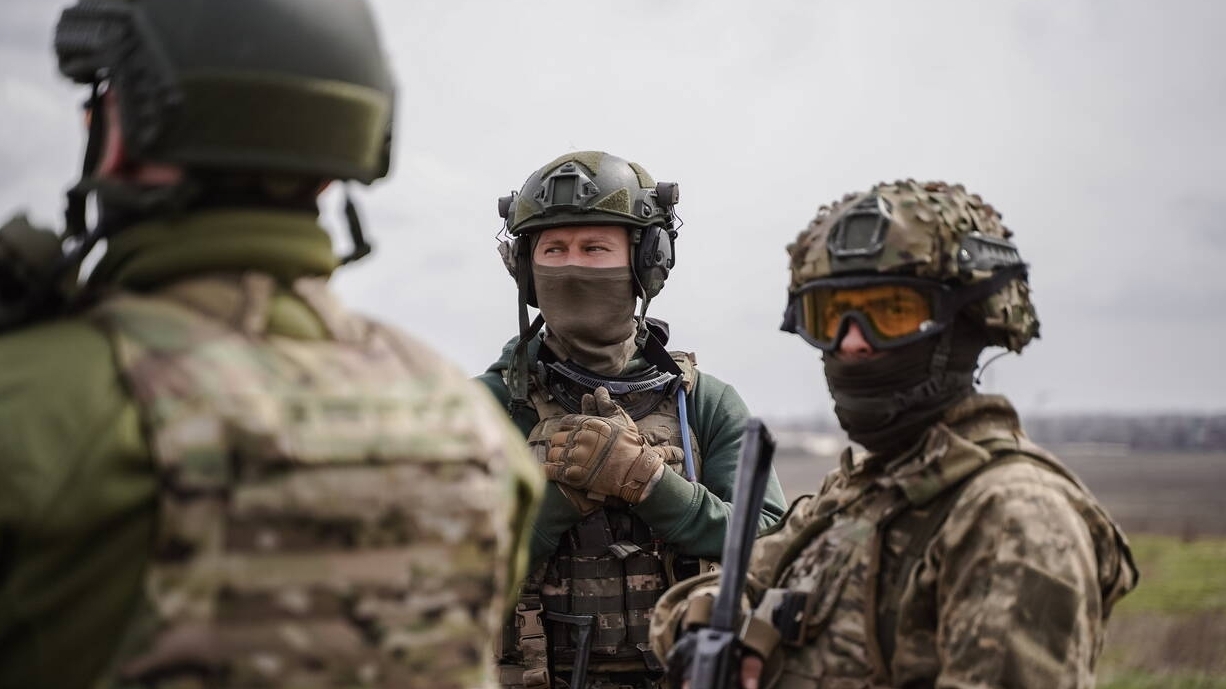A turn in the strategy of the Ukrainian army. "NYT": They've gone back to the tactics they know best
Estimated reading time: 4 minutes
The Ukrainian Armed Forces have put aside American methods of warfare and returned to the tactics they know best, the New York Times writes. Ukraine's decision is a clear signal that NATO's hopes for

Ukrainian Army
The Ukrainian Armed Forces have put aside American methods of warfare and returned to the tactics they know best, the New York Times writes. Ukraine's decision is a clear signal that NATO's hopes for major progress made by Ukrainian formations armed with new weapons, new training and an injection of artillery ammunition have not materialized, at least for now.
As the New York Times points out, the first weeks of the long-awaited Ukrainian counter-offensive have not been kind to the Ukrainian troops, who were trained and armed by the United States and its allies. "One unit delayed the night attack until dawn, losing its advantage. Another fared so badly that its commanders completely withdrew it from the battlefield," reports the daily. US officials and independent analysts quoted by the newspaper say Ukrainian units now trained in the West are trying to reverse the situation.

Ukraine changes tactics on the front line. "A clear signal to NATO that their hopes have not materialized"
Military commanders were to change tactics, focusing on destroying Russian forces with long-range artillery and missiles, rather than "deep into minefields under fire." As the "NYT" describes, the number of troops in the south of the country is increasing, and the second wave of troops trained in the West is mainly carrying out small-scale attacks to break through Russian lines.
Ukraine's decision to change tactics is a clear signal that NATO's hopes for major advances made by Ukrainian formations armed with new weapons, new training and an injection of artillery ammunition have not materialized, at least for now. As he adds, the case raises questions about the quality of training that Ukrainians in the West have undergone and whether the tens of billions transferred to Ukraine will succeed "in transforming the Ukrainian military into a combat force in line with NATO standards."
American officials hoped that nine Western-trained brigades of some 36,000 men would show that the American way of warfare was more effective than the Russian one. While the Russians have a rigidly centralized command structure, the Americans have taught the Ukrainians to empower senior soldiers to make quick decisions on the battlefield and use combined arms tactics - synchronized infantry, armored and artillery attacks.
Western officials have advocated this approach as more effective than the costly strategy of weakening Russian forces that threatens to deplete Ukraine's ammunition stockpile. Much of the training involved teaching Ukrainian soldiers how to go on the offensive rather than stay on the defensive.

ISW presents: "How the Ukrainian counter-offensive can be successful"
The Institute of War Studies in its latest report published on Thursday, August 3, stated that the situation in Ukraine continues to favor Kiev, despite limited progress in the counter-offensive so far. Ukraine launched the next, reportedly major, phase of its counter-offensive on July 26, determinedly seeking to penetrate Russian lines in the western Zaporizhia region, an American think tank reports.
The Institute presents three ways for the success of the Ukrainian counter-offensive. “First, the current Ukrainian mechanized breakthrough may succeed, and the Ukrainians may exploit it deep enough to cut off some or all of the Russian lines. Second, Russian forces, already suffering from severe morale and other systemic problems, may collapse under pressure and begin to withdraw in a controlled or uncontrolled manner Thirdly, constant pressure and a counter-terrorist campaign supported by major efforts such as the one currently underway may generate gaps in Russian lines that Ukrainian forces can exploit initially locally, and then to deeper penetrations" - writes the Institute of Economics, evaluating the first two scenarios as unlikely, but possible.
The third and most likely option depends on the West providing Ukraine with a steady supply of equipment, possibly for many months, so that Ukraine can maintain its pressure until Russian forces show cracks in the front line that the Ukrainian side can exploit.




